
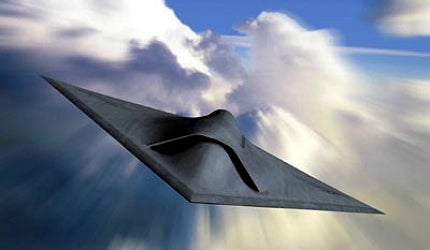
As the typical demands of a conflict evolve, air forces across the world are examining the possibility of carrying out attacks without endangering the lives of servicemen. Unmanned combat UAVs, having been developed from their reconnaissance predecessors, offer just that solution.
Although aircraft such as the MQ-9 Reaper have seen substantial action in conflicts within Iraq and Afghanistan, a whole raft of new UCAVs possessing new and emerging capabilities are beginning to come to the fore.
Perhaps the most notable of which are the European duo of BAE’s Taranis and Dassault’s nEUROn programme.
A recent memorandum of understanding signed between the governments of France and the UK have outlined a future collaboration on the development of a UCAV, combining the strengths of both the Taranis and nEUROn projects. Any subsequent vehicle promises to more than match the current family of UCAVs.
Taranis
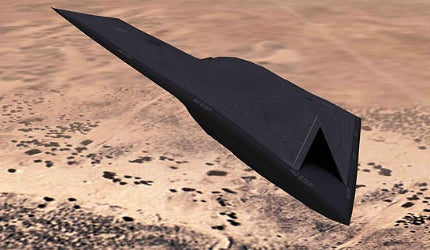

US Tariffs are shifting - will you react or anticipate?
Don’t let policy changes catch you off guard. Stay proactive with real-time data and expert analysis.
By GlobalDataThe Taranis air vehicle is approximately the same size as the BAE Systems Hawk advanced jet trainer
BAE System’s Taranis UCAV, unveiled in July 2010, is the culmination of a £143m joint programme to design an unmanned air vehicle demonstrator.
Once fully developed, the Taranis will be capable of delivering weapons to a battlefield in another continent with a high level of autonomy, filling capability gaps in the RAF’s future fleet.
The first flight trials of the UCAV are expected to start in 2013 at the Woomera range in south Australia. Ground testing commenced in 2010, however emulated weapons release trials are still to be arranged.
nEUROn
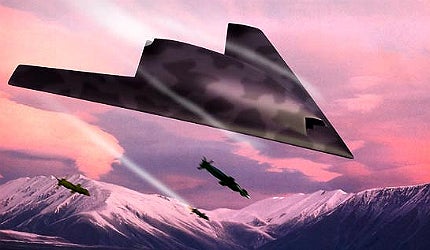
nEUROn will have the capability to carry two laser-guided 250kg (550lb) bombs in two weapon bays
The nEUROn programme has been established to sustain and develop technologies from European manufacturers for next generation combat aircraft, with the result being a Dassault-manufactured UCAV.
Ground tests and a first engine run-up were completed in 2011, with the first flight of the aircraft scheduled to take place later in 2012. While flight tests will take place in France, further tests will commence in Sweden and Italy.
The UCAV has been designed to launch precision-guided munitions from an internal weapons bay while also possessing a stealth airframe and reduced radar signature.
Predator RQ-1/MQ-1/MQ-9 Reaper
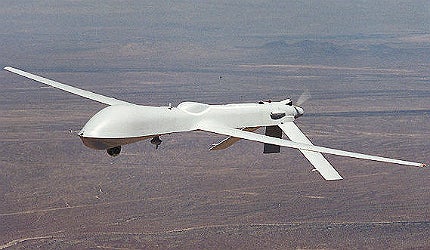
A typical Predator system configuration would include four aircraft, one ground control system and one Trojan Spirit II data distribution terminal
Arguably the most world-renowned UCAV is the MQ-1 variant of the RQ-1 Predator, a long-endurance, medium-altitude unmanned aircraft system that was originally designed for surveillance and reconnaissance missions.
The MQ-9 Reaper Hunter / Killer variant is equipped with four Hellfire II anti-armour missiles and two laser-guided bombs for precision airstrikes, with the aircraft first seeing action in Iraq in July 2008.
The drones are controlled by operators in a control station, built within a 30ft trailer.
Within the trailer are pilot and payload operator consoles, three Boeing data exploitation and mission planning consoles and two synthetic aperture radar workstations.
Sky-X UCAV
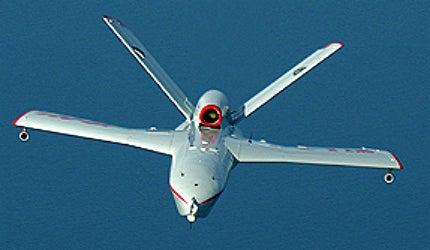
Sky-X can provide its operators with real-time intelligence information by performing surveillance over a large area
The Sky-X has been designed, developed and financed by Alenia Aeronautica of Italy to be the first European UAV to fly within the 1,000kg category. Development began in 2003 before being flown 18 months later, with automatic flight systems for the aircraft being developed by Alenia.
These included collision avoidance, autonomous navigation, automatic landing and attack, as well autonomous formation fly capabilities.
Having demonstrated these abilities using the Sky-X, Alenia was recruited into the nEUROn programme with a consistent development share, with some of the technologies finding their way into the Dassault-built aircraft.
X-47 Pegasus UCAV
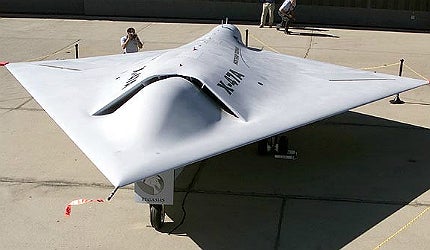
The aircraft’s first flight was successfully completed in February 2003
Although initially developed under private funding from Northrop Grumman, the Pegasus UCAV received its X-47A designation in June 2001 and provided a proof of concept for the UCAV-N programme, jointly managed by the US Navy and Defense Advanced Research Projects Agency (DARPA).
The aircraft’s first flight was successfully completed in February 2003, following which Northrop Grumman received a contract from DARPA for three X-47 demonstrator UCAVs.
Development of the programme was subsequently handed over to the US Navy, with first carrier launches and recoveries of the X-47 planned for demonstration in 2013, and autonomous aerial refuelling test scheduled to take place in 2014.
X-45 J-UCAV
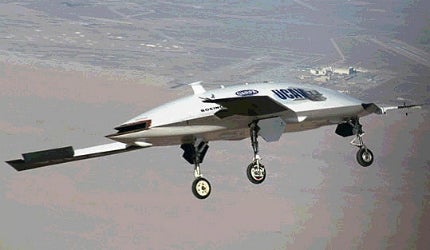
Originally managed by DARPA, the project was handed over to the US Navy and US Air Force in October 2005
The X-45 Joint Unmanned Combat Air Vehicle, developed by Boeing’s Phantom Works, has been designed to conduct strike missions including Suppression of Enemy Air Defence, electronic warfare and associated operations.
Originally managed by DARPA, the project was handed over to the US Navy and US Air Force in October 2005. By that time, the X-45 had already completed a series of test flights and weapons test, including dropping a 250lb inert small smart bomb (SSB).
After the X-47 was revealed to be DARPA’s vehicle of choice, Boeing announced plans to use the X-45 prototype vehicle as a test bed for advanced air system technologies under an internally financed programme labelled Phantom Ray.



